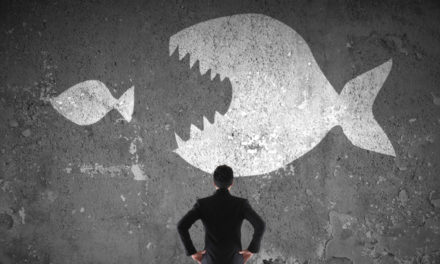
What’s in a Name?
Naming a business or a new product is no easy task. The combination of the need to stand out amid a crowded competitive field and a dearth of obvious naming choices has required a new level of naming creativity.
To view the full article please register below:
What’s in a Name?
Naming a business or a new product is no easy task. The combination of the need to stand out amid a crowded competitive field and a dearth of obvious naming choices has required a new level of naming creativity.
Take the automobile industry, for example. Car names used to evoke an image, like the Mustang, Charger or Barracuda. Sometimes the name—often unfamiliar to the public—became the image, like the Cadillac (named after the French explorer who founded Detroit) or Camaro (derived from the French “camarade,” which implied a vision of a car being a personal friend to its owner).
The naming of companies in this modern age may even be more challenging.
Consider some of the more unusual names of technology companies created in the last couple of decades. They range from Etsy to Tumblr and from Spotify to Zillow. Some are even intentionally misspelled, like Google and Lyft, while others mash up unrelated words, like Facebook and PayPal.
The financial services sector is also no stranger. Voya Financial (actually coined from “voyage” to represent more than a destination, but a journey to financial independence) and now … Osaic (formerly Advisor Group).
Aside from the absurdity of their names, they all have one thing in common—everyone recognizes them! There’s actually a genius behind the perceived lunacy. The power and vision of a company can make a seemingly meaningless word develop its own definition. And with that comes a new power. Just think … Google made itself a verb! And if you search for Osaic, you only find that company and what it represents; there’s no dilution of the brand.
Certainly, one can draw the conclusion that a company’s brand value is not only defined by the actual name, but more by the quality and relevance of the product or service it provides to the public.
Sometimes an existing company, for various reasons, may see the need to change its name, potentially erasing years of investment in a respected brand name. One example is the name change of Japanese automaker Datsun to Nissan in 1981. While highly criticized at the time since Datsun had a great reputation in America, today few will remember the name existed.
Other times, a company must change its name, as Anderson Consulting had to do to separate itself from scandal-plagued Arthur Anderson (an accountancy). Critics derided the “made-up name” (it was derived from “Accent on the future”), but today Accenture is met with easy recognition and respect.
So next time you see a new company with a seemingly nonsensical name (e.g., Nvidia, a play off the Latin word for envy) or renamed despite its high name recognition (e.g., Facebook to Meta) hold your judgment—you just may find in a few years it’s a household word.
Please reference disclosures at: https://blog.americanportfolios.com/disclosures/












